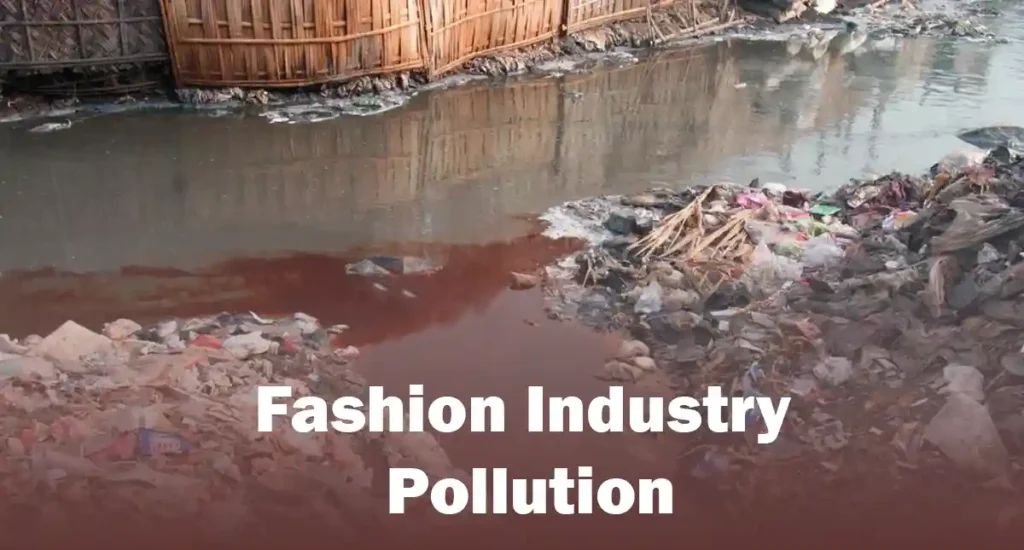
When discussing pollution and waste, many people underestimate the fashion industry’s role, assuming it to be a minor contributor. In reality, it is one of the world’s most polluting sectors, rivaling industries like oil and transportation.
According to the United Nations Environment Programme (UNEP), the fashion industry accounts for 10% of global greenhouse gas (GHG) emissions—more than international flights and maritime shipping combined—and is responsible for 20% of global wastewater. Beyond these staggering figures, the rise of fast fashion has exacerbated the industry’s environmental and social footprint, creating a crisis that demands urgent attention.
What is Fast Fashion?
Fast fashion refers to the rapid mass production of inexpensive, trend-driven clothing designed for short-term use. Garments are often made from low-quality materials like polyester, a petroleum-based synthetic plastic fiber, which accounts for approximately 60% of all clothing material. These items are typically discarded after just 7-10 wears, contributing to a culture of disposability.
Conclusion
While systemic change demands industry-wide accountability and robust policy reforms, individual choices remain a powerful force in shifting demand toward ethical and sustainable practices. By rejecting fast fashion and opting for durable, natural fibers like 100% organic or recycled cotton—which significantly reduce microplastic pollution and water waste—consumers can drive meaningful environmental progress.


